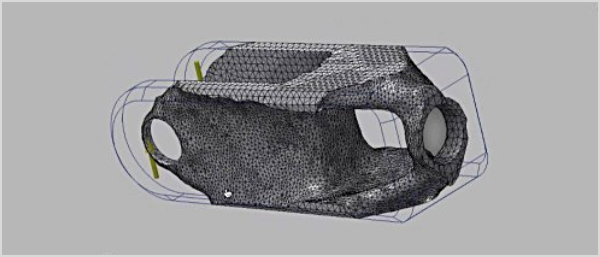What AI and Automation Means for the Future of Mechanical Engineering

The dawn of AI is upon us bringing even greater forms of automation into our lives. The world is concerned about what this new era might bring and all of this chatter brings uncertainty in nearly every field. It’s likely that you don’t feel at the top of your game when it comes to being prepared for AI infiltrating even further into our work. After all, how can we be prepared for a potential threat that we don’t even see?
The impact of AI and further automation in regards to the modern mechanical engineer is conceivably a hot topic around your metaphorical water cooler. While the general aura of conversation on the subject stems towards fear, I’d argue that it should stem towards excitement – hear me out.
Some of the world’s top minds, like Elon Musk, are fair to warn about the advancement of AI and what it might do to our world. Relating to the life and work of the modern engineer, however, there are few ways that AI doesn’t rapidly improve our capabilities and our careers.
Modern engineers like yourself are bound by your CAD system. This is why choosing the right package is such a topic of debate, it defines your abilities as an engineer. AI brings changes directly into just what CAD can do for you. Intelligence in the form of software transforms your CAD system from an iterative tool into a generative assistant. That’s a change I think we’re all looking forward to.
Currently, we spend significant portions of our time assembling geometries and doing otherwise menial work in perspective to our true potential as engineers. AI can and will step in and take over the geometry, whether that be from basic setup to iterative design. While you may still have connotations of generative design as a still-developing tool useful in iterative situations, AI improvements can expand its scope further into initial geometry.
All this to say that AI improvements will directly affect our ability to be creative as engineers. Let’s pull this attractive hype into reality with some real-world discussion.
SpaceX just launched their Falcon Heavy rocket marking a historic achievement in space flight. Not only this, but they landed its two boosters back on Earth after separation from the main rocket in low earth orbit. This success was based on a multitude of failures in nearly every category of their engineering prowess. Crash after crash after crash. They failed early and they failed often – and it set them up for success.
But what if those failures weren’t seen by more than a few people? What if they didn’t cost millions?
AI will bring those failure modes into the digital. I’m sure we all realize that there are some things that just have to be tested in the real world, but as AI improves, that subset of “things” gets smaller and smaller.
SpaceX could’ve accomplished a successful Falcon Heavy launch which much fewer real failures if future technology was available.
All of this ties into my main point: AI and automation, in the realm of the mechanical and design engineer, allow our scope to expand to solving problems never before possible. When AI and generative takes care of the basics, we can spend more time using our creativity actually creating.
When our jobs become even more founded on AI and these automated processes, we become augmented into more valuable engineers. Next time you’re around the water cooler in your office, use this to give some fodder to debate. What are some ways that you think artificially intelligent CAD could improve your performance?
The post What AI and Automation Means for the Future of Mechanical Engineering appeared first on Inventor Official Blog.













